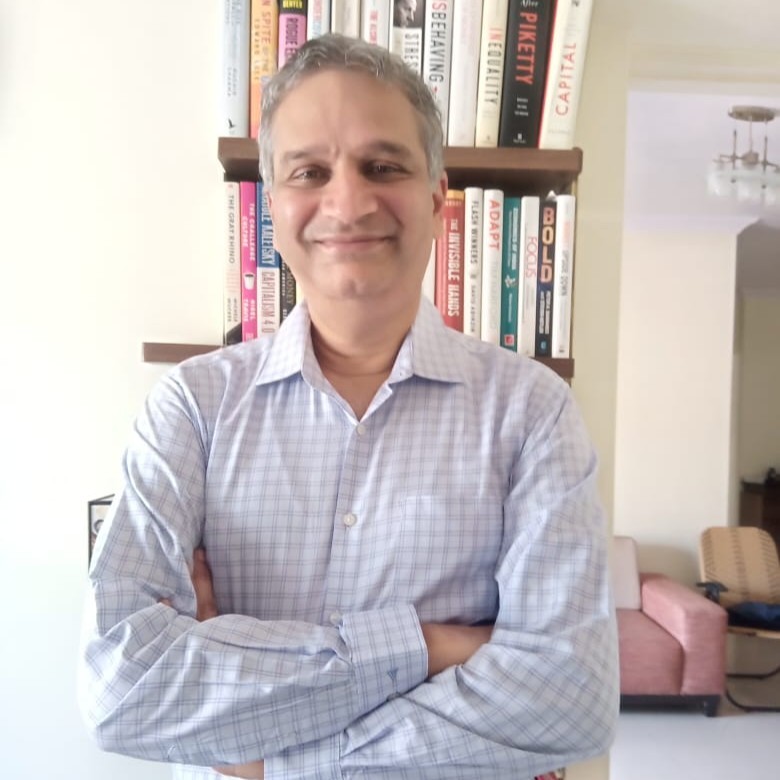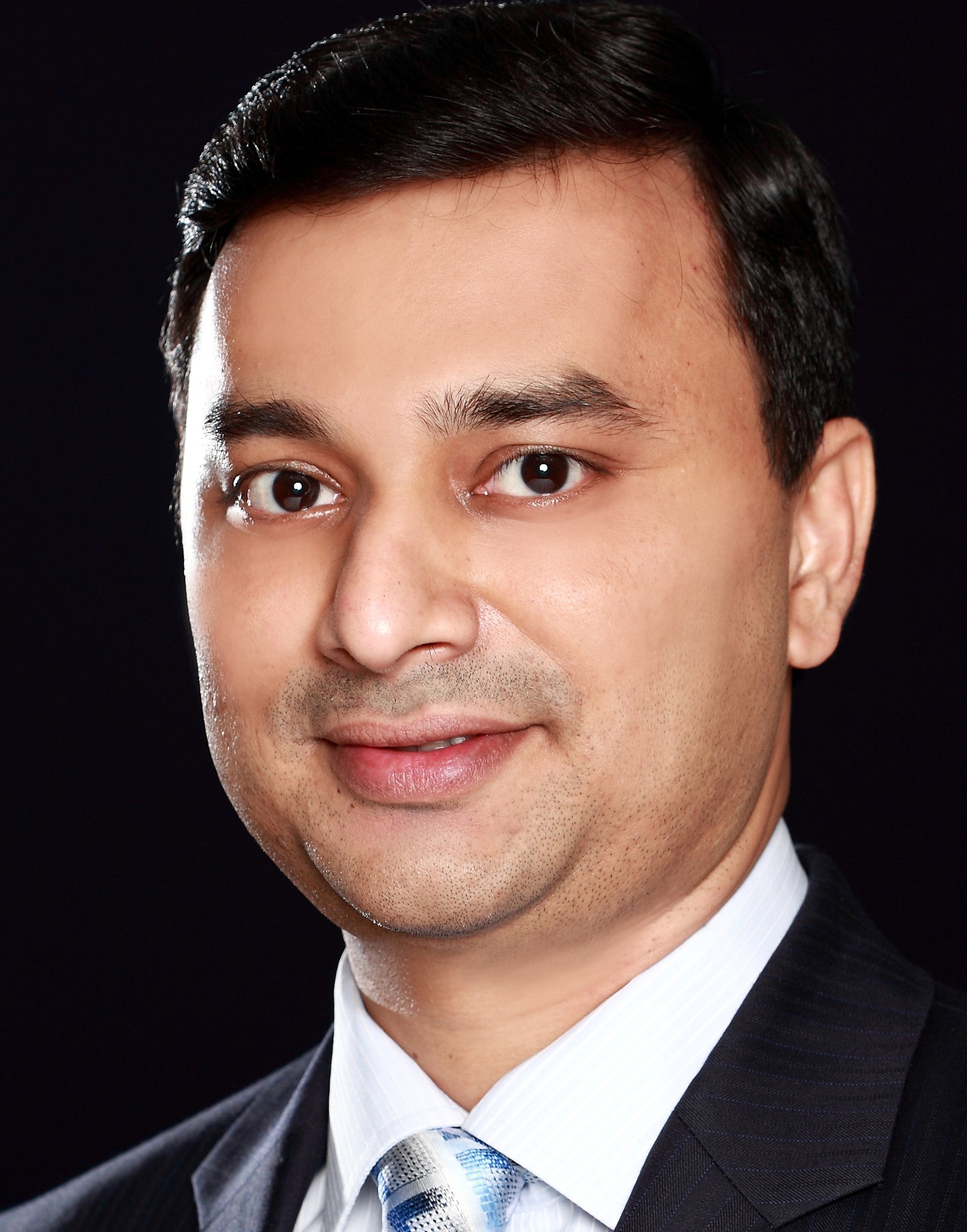Views Of Madan Sabnavis, Chief Economist, Bank of Baroda; Achala Jethmalani, Economist, RBL Bank; Siddhartha Sanyal, Chief Economist and Head of Research, Bandhan Bank; Anil Gupta, Senior Vice President Co Group Head - Financial Sector Ratings, ICRA; Debopam Chaudhuri, Chief Economist of the Piramal Group


Madan Sabnavis, Chief Economist, Bank of Baroda

Siddhartha Sanyal, Chief Economist and Head of Research, Bandhan Bank
FinTech BizNews Service
Mumbai, August 8, 2024: Today was the 50th meeting of the Monetary Policy Committee (MPC) since its inception in September 2016. MPC decided by a 4 to 2 majority to keep the policy repo rate unchanged at 6.50 per cent. Here are the views of the leading Economists:
Madan Sabnavis, Chief Economist, Bank of Baroda: “The RBI has quite unambiguously stated that the focus would be on headline inflation and that one cannot ignore food inflation, especially if it is persistent. This indicates that while inflation will come down in Q2, it will rise in Q3, and one cannot take a rate cut for granted in future. Any decision will be data driven and hence a calibrated call will be taken. The picture may not be very clear in October and hence any change in policy and stance could be more likely not before December. RBI is sanguine on growth and hence there will be no conflict with the current stance taken on policy variable.”
Ms. Achala Jethmalani, Economist, RBL Bank: A food for thought policy. In a 4:2 vote the Monetary Policy Committee (MPC); maintained a status-quo on policy rates and stance. With food basket having a weight of 46% in inflation, it cannot be completely ignored. More so, when the risk is due to the nature of food inflation which has been more persistent than transitory. The weight to the thought of tracking inflation excluding food or looking at core inflation was reduced. The proactive liquidity management has kept liquidity conditions benign, and a pivot to easy policy is still a couple of quarters away. The majority of MPC has reiterated on its 4% inflation target and for the banking sector, the Governor (re)emphasised on deposit mobilization as deposit growth has been trailing credit growth. Overall, with the growth forecast of 7.2% YoY and inflation forecast of 4.5% for FY25 the MPC is not seen in a hurry to pivot to cuts in CY24. We still see first rate cut to come through in Q1 CY25.
Siddhartha Sanyal, Chief Economist and Head of Research, Bandhan Bank: "The status quo on the repo rate is no surprise. The central bank was emphatic to underscore their commitment for further disinflation. They seem to be in no hurry to cut rates. While RBI closely watches the heightened volatility in financial markets globally, it rightly avoids any knee-jerk reaction. Given India’s generally strong macro backdrop including current account deficit of sub-1% of GDP, decent FII flows and a large forex reserve cushion, one feels that fundamentally INR is on a strong footing. Growth in reserve money – the measure of primary liquidity infusion by the central bank into the banking system – has been markedly weak, often in a range of 6-8% y/y during the last two years. Given the trend of bank deposits growth lagging credit growth now for 28 straight months, one expects the RBI to step up the pace and quantum of primary liquidity infusion in the coming months in order to provide the desired quantum of liquidity for smooth functioning of the banking system."
Anil Gupta, Senior Vice President Co Group Head - Financial Sector Ratings, ICRA:
On the increased frequency of reporting Credit Information to Credit Information Companies:
"Given the ease of credit availability through digital processes, the leveraging and the credit profile of the borrowers can change quickly and faster reporting by lenders to credit bureaus will help in improved decision making by the lenders."
On the need to raise retail deposits by banks
"Deposit rates may continue to remain high, given the regulatory nudge to increase focus on the retail deposits while pursuing credit growth. Recent regulatory action on tightening liquidity coverage ratio regulations and concerns on credit growth outpacing deposit growth points towards likely slowdown in credit growth in near term. ICRA expects the credit growth to slow down to 11.6-12.5% in FY2025 from 16.30% in FY2024."
On the top-up loans
"With increased activity levels in the top-up loan segment, RBI's caution to lenders on calibrating underwriting norms and closer monitoring of the end-use is a step in the right direction. Such loans not only raise concerns on overleveraging but, it also raises suspicion on the quality of such borrowers, as they may also use such top-up loans to service the existing loans."
Debopam Chaudhuri, Chief Economist of the Piramal Group: After today’s decision, India is positioned as an outlier in its interest rate stance, among the top economies. Most major economies like US, Euro region and UK are facing high core inflation and low food inflation, unlike in India. Despite that there has been a shift towards dovish messaging. Japan was the only other major economy, apart from India, where food inflation is driving overall inflation. After the recent market fallout, BoJ is also sending dovish signals once again. I hope RBI can pivot at the most opportune moment to avoid falling behind the curve. Lowering borrowing costs will be in sync with PM Modi’s views on raising private sector investments, shared a few days ago during a CII meeting.
Siddarth Bhamre, Head of Research at Asit C Mehta Investment Interrmediates: “RBI maintained India’s GDP growth forecast @ 7.2% on back of steady discretionary spending in urban areas and turnaround in rural demand. Governor mentioned that global economy is expanding though it’s quite uneven. With growth driven mainly by domestic consumption, India has improved its resilience against the global shocks if they emerge.
Inflation forecast for FY24-25 has remained unchanged at 4.5% but the ride will be bumpy. Next two quarters inflation will be higher than earlier estimates due to erratic food inflation and benefits of base effect waning out.
Looking at India’s equation of growth and inflation and taking into consideration the confidence of RBI, we believe RBI may not dance to the tune of FED and will concentrate on domestic data points to take further action on monetary policy.”